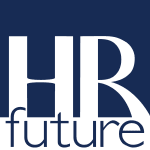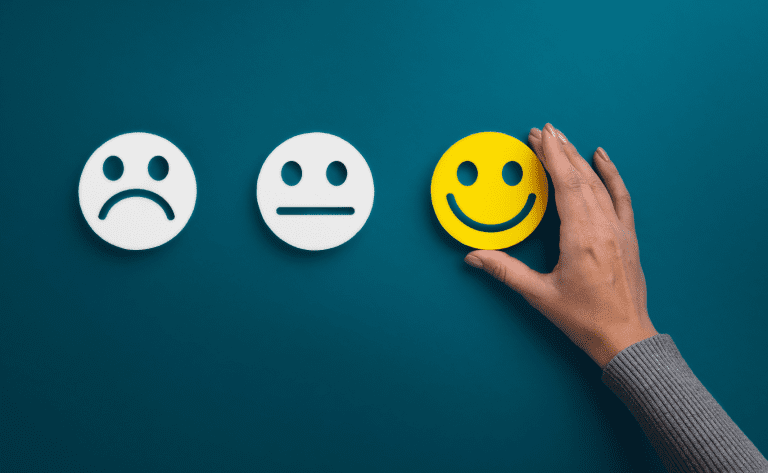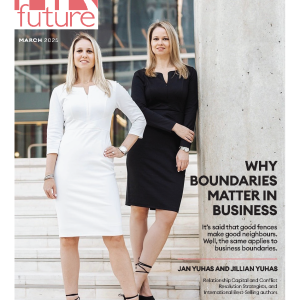As remote work continues to be the new normal for employees across the globe, many analysts predict that the trend of automating the workplace will skyrocket in the near future. In fact, a recent Deloitte survey reveals that 68% of the world’s business executives turned to automation during the COVID-19 pandemic.
Consequently, the need for HR to step up its game when it comes to adapting emerging technology has become more apparent than ever. That said, here are 5 HR tools that will keep you tech-savvy and ready for innovation this year.
Recruitment automation
Technology has made the recruitment process much simpler. From staying organized with applicant tracking systems (ATS) such as JazzHR to conducting background checks on candidates with Google Chrome extensions like Prophet, today’s vast array of software has got you covered.
In fact, these systems are made even more streamlined by artificial intelligence (AI). For example, Occupop automatically targets the candidates you want, sends them notifications on the status of their application, and uses data analytics to help you come up with a shortlist quickly.
You can use chatbots to provide 24/7 support to employees during the onboarding process, and dashboards like Click Boarding to easily monitor the progress of new hires. By automating your recruitment process, you remove bias from decision-making, and your department is free to accomplish other tasks.
Virtual training and upskilling
Thanks to existing learning management systems (LMS), you can replicate the experience of training employees in person. Comprehensive websites like Proprofs, for example, help you create a completely online course that can certify employees in the new skill upon completion.
But why stop there? Consider utilizing “gamification” features — or the use of games — to keep employees engaged during the training or upskilling process. Systems like Talentsoft and SAPLitmos are mobile-friendly, support multiple languages, and allow for asynchronous and blended learning.
Cloud-based management tools
Cloud-based technology has become essential in many workplaces, and it might be a good idea for your HR department to look into it, as well. Instead of being isolated to your work computer, cloud technology lets the data you need be available wherever there’s an internet connection, and it can be updated in real time.
As previously mentioned here on HR Future, other benefits of cloud-based tech include keeping the company database more organized, since the cloud acts as a centralized location for all the company’s files.
And, despite all these complex features, cloud-based tech will actually save you money in the long run! That’s because cloud servers are created using embedded board arrays during the printed circuit board’s (PCB) panelization process, ensuring that its components are powerful enough to provide more computing resources. As a result, compared to on-site hardware, cloud servers don’t need a lot of hardware to run, making HR solutions on the platform more affordable.
Trello, for example, puts the status of all the company’s projects in one handy online dashboard, making it easier to assign tasks and take note of progress. Kissflow HR Cloud, on the other hand, is an end-to-end cloud-based solution that lets you do everything from recruitment to payroll automation. It also comes with a data analytics suite to help you make data-driven decisions.
CultureTech
Culture technology platforms, by promoting unity, make the most out of the company’s skills by overcoming traditional barriers between employees and higher-ups.
CultureIQ, for example, uses data analytics to provide a digital overview of work culture so you know which gaps to address. Meanwhile, Rungway is an anxiety-free communications tool that employees can use to anonymously ask questions to the management.
Wellness apps
Finally, since wellbeing affects performance and productivity, consider investing in digital tools that make the remote employee experience as sustainable as possible.
Wellness apps are mobile-friendly and available to employees whenever they need it. And they’re becoming “stickier,” too — meaning users are more likely to develop a habit of using the resources and activities the apps provide.
The apps available differ depending on their purpose. Happify, for example, provides mood-enhancing games, while Daylight tackles anxiety, and Sleepio specializes in sleep therapy. There’s plenty to choose from, so mix and match based on what fits your employees’ needs best.
HR Future Staff Writer













